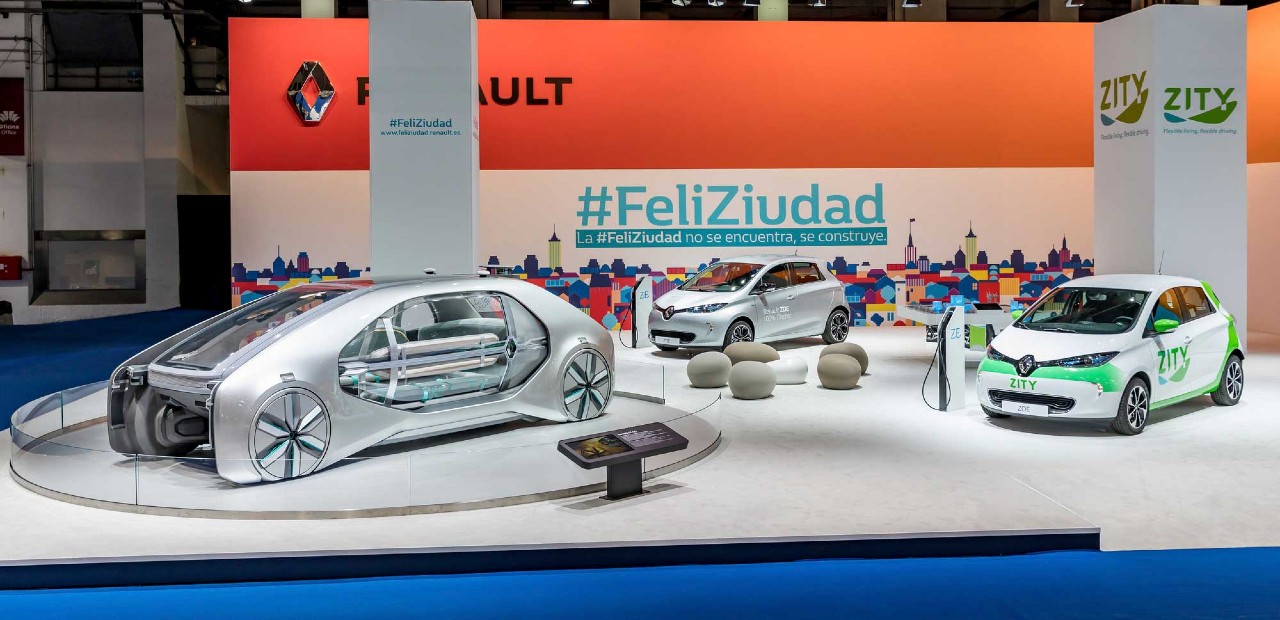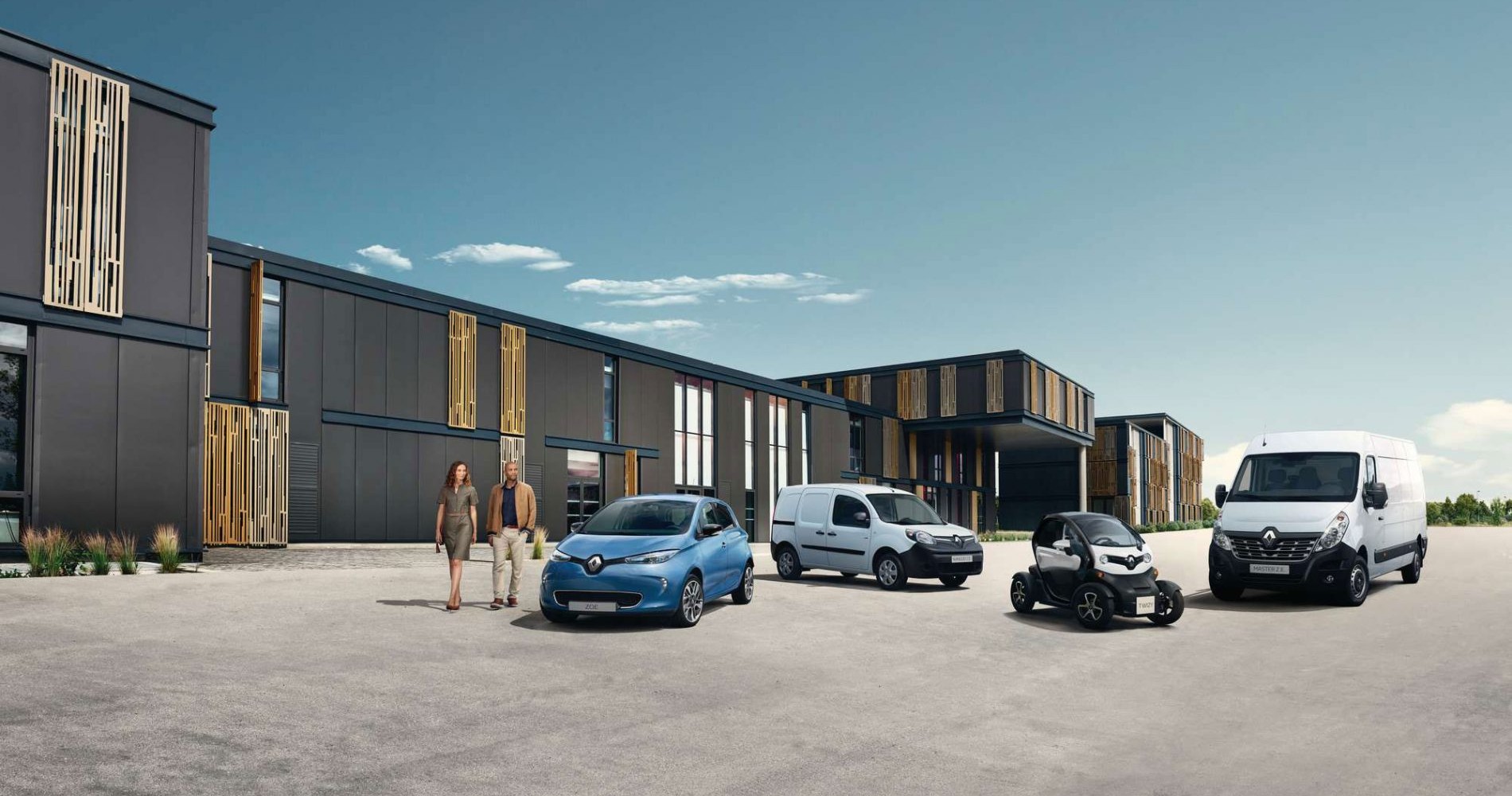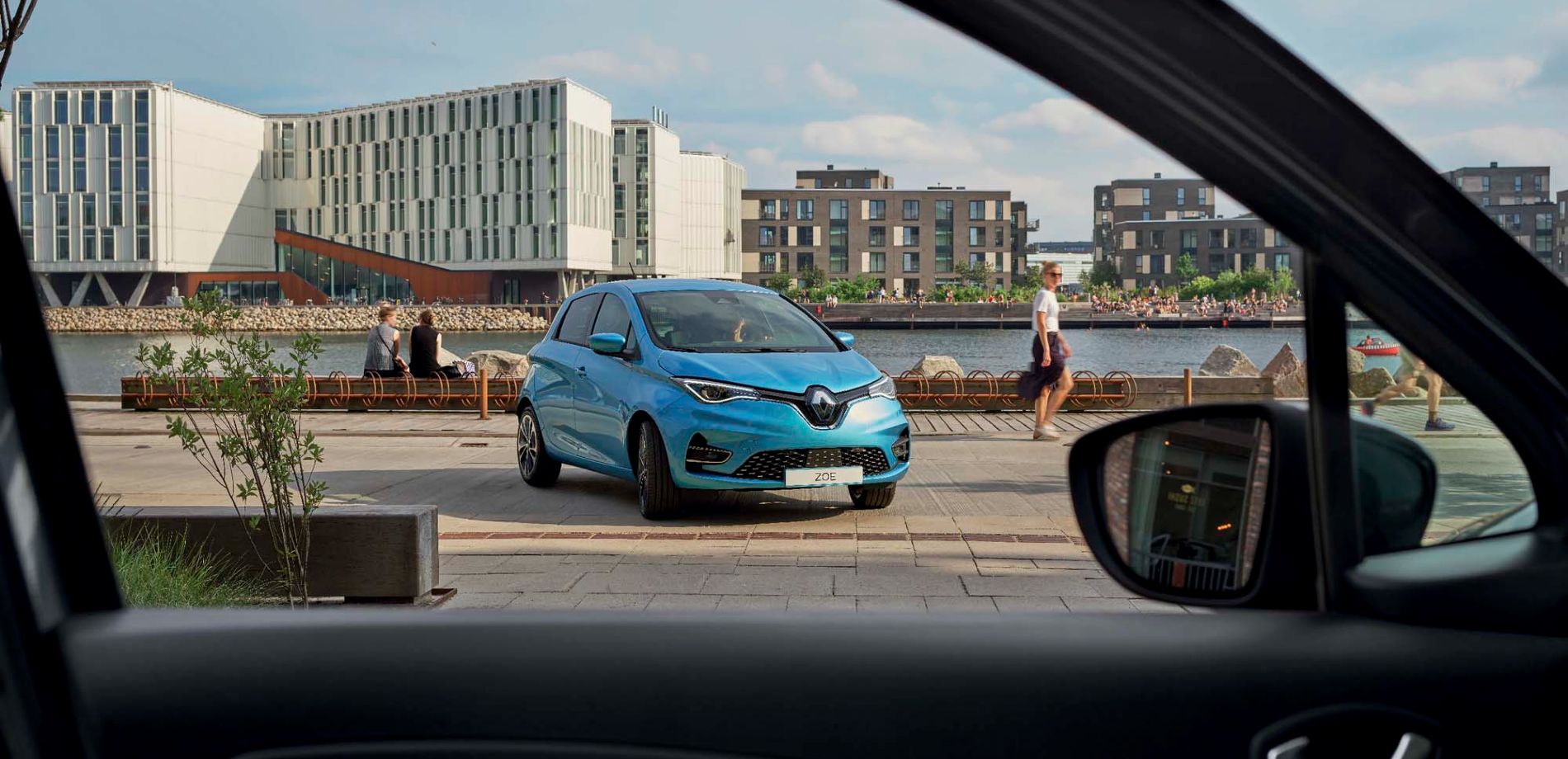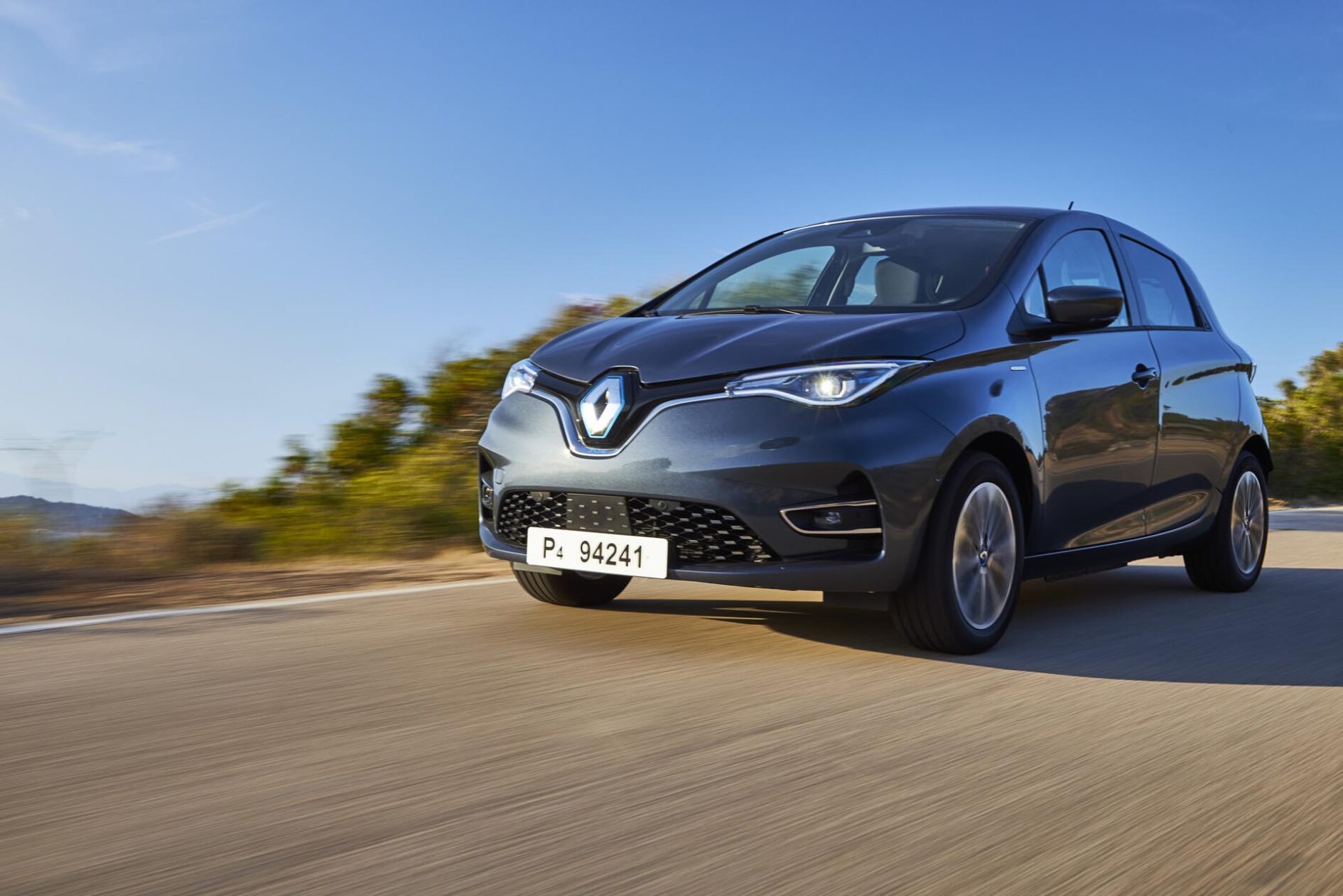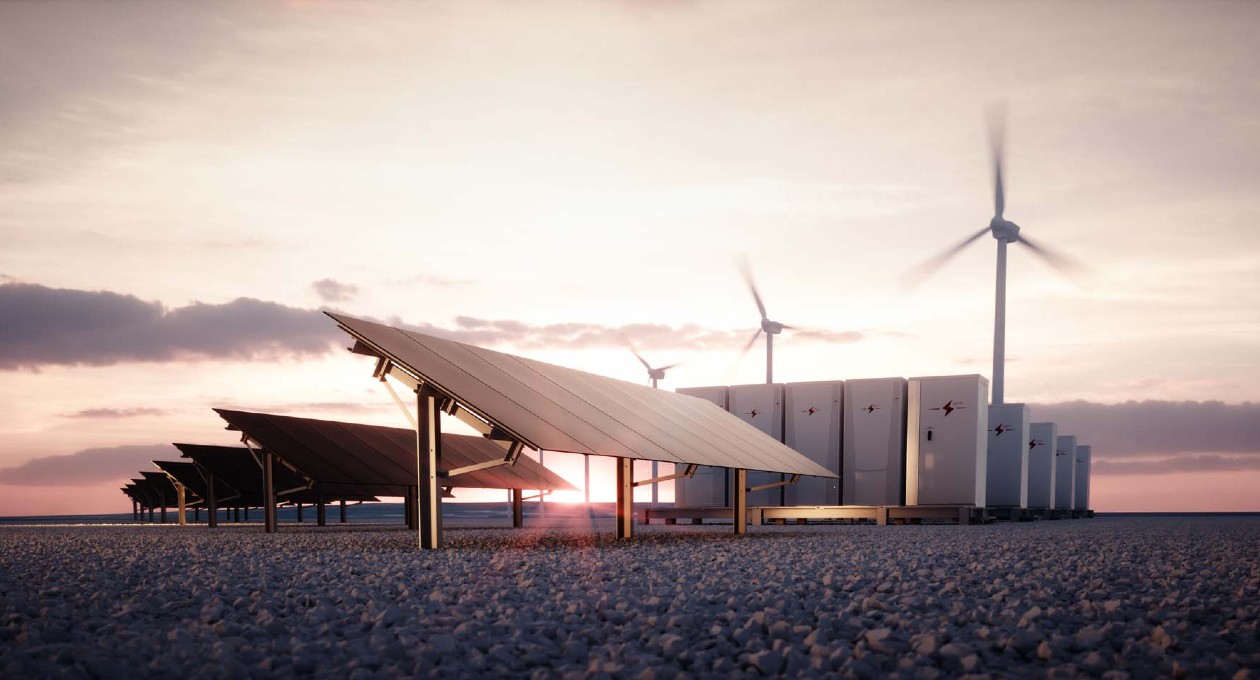

Renault, an electric car pioneer
 Renault quickly became aware of the challenges that were in the way of sustainable mobility. As early as 2009, the company unveiled its future line-up of zero emission vehicles*, Renault Z.E., represented by 4 concept cars: Twizy Z.E. Concept, a practical, compact two-seater adapted to urban use; Fluence Z.E. Concept, an elegant family vehicle; Kangoo Z.E. Concept, a van for professionals; and finally ZOE Z.E. Concept, a compact sedan versatile enough for all uses.
Renault quickly became aware of the challenges that were in the way of sustainable mobility. As early as 2009, the company unveiled its future line-up of zero emission vehicles*, Renault Z.E., represented by 4 concept cars: Twizy Z.E. Concept, a practical, compact two-seater adapted to urban use; Fluence Z.E. Concept, an elegant family vehicle; Kangoo Z.E. Concept, a van for professionals; and finally ZOE Z.E. Concept, a compact sedan versatile enough for all uses.
Two years later, in 2011, Renault made its ambitious goals clear in its six-year strategic plan, “Renault 2016 – Drive the Change”: to be the leader of zero emission mobility and the first manufacturer to bring a complete line of electric passenger and utility vehicles to market, making them accessible to the greatest possible number and adaptable to every kind of use. These objectives reflect a pioneering vision and clear desire to be in step with the energy and environmental challenges of the 21st century.
The widest range of electric vehicles on the market
Renault has pursued its goal, year after year. The Fluence Z.E., Twizy and Kangoo Z.E. were commercialised starting in 2011, while the ZOE followed in 2012. In 2013, Renault Samsung Motors launched the SM3 Z.E. model in Korea. This spacious sedan went on to become, in 2016, the best-selling electric vehicle in the country. At the end of 2017, a new version of the SM3 Z.E. with enhanced range became available for purchase.






In September 2016, in Oslo, Renault handed over the keys to its 100,000th vehicle: a ZOE belonging to the father of a Norwegian family. At the same time, the company made a remarkable announcement at the Paris Motor Show: the launch of the 2nd generation of ZOEs, complete with the new Z.E. 40 battery and its 400 km NEDC** range, equivalent to 300 km in real urban and suburban use. It hit the market the following month. Now no other consumer electric vehicle could complete with the ZOE in terms of range.

In January 2017, Renault Pro+ announced three new models to be sold between 2017 and 2018: a new ZOE company car, new Kangoo Z.E. and the Master Z.E., a large van perfectly suited to last kilometre deliveries. Henceforth, Renault Pro+ had the largest range of electric utility vehicles on the market.

In February 2018, Renault launched its new 80 kW R110 electric engine, the first approved according to the WLTP protocol.
With 12 kW of power more than its predecessor, the R90, it opened up new possibilities for uses beyond urban areas, while offering an even more enjoyable driving experience.
In June 2019, Renault took a new step in the development of electric vehicles accessible to all, presenting the Nouvelle ZOE along with its 100 kW R135 engine. Launching by the end of 2019, this new generation of the Renault electric city car will have an increased range of 390 Km, according to the WLTP*** protocol, thanks to its battery with a 52 kWh capacity.
Useful connected services
 Supporting the development of electric vehicles also means making their everyday use easier through connected features.
Supporting the development of electric vehicles also means making their everyday use easier through connected features.
In 2016, Renault launched a mobile application that made it easy to locate and access public charging stations while out and about. In 2019, all of Renault’s connected services, including a trip planner for travelling electric, were merged into one application: MY Renault.
Industry clients were not left behind, with two services launched at the start of 2017: Fleet Management, which helps companies optimise the management of their fleet of Renault electric vehicles, and Predictive Maintenance, which makes upkeep easier.
A year after that, all of those services, available to companies operating both electric and combustion-powered car fleets, were grouped into a single system, Renault CONNECT for Fleet, which will be released in 2019.
Large scale marketing
By 2016, Renault had established its position as Europe’s electric vehicle leader since the emergence of the market, and the Drive the Change strategic plan came to an end. To stay at the forefront, the company launched the even more ambitious Drive the Future 2017-2022 plan. Its goal: democratise electric vehicles and put them into circulation on a large scale.
The plan seeks not only to expand the line of vehicles, with 8 electric models and 12 electrified models to be released by 2022, but also to expand offerings in the Asian market, especially in China.

The launch of the Renault City K-ZE, in 2019, is one stage of this development project. This compact vehicle, the newest arrival in the Z.E. lineup, is tailor-made for Chinese cities.
Unveiled in April at the Shanghai Motor Show, it is the first electric model to be marketed in the ultra-competitive compact city car market sector of the Middle Kingdom.
To encourage the rise of electric cars, Renault is also undertaking more projects necessary for the development of a hospitable ecosystem. In Utrecht, Belle-Île-en-Mer and Porto Santo, the company began by testing smart charging, which allows drivers to charge their electric vehicle at the best rate, while favouring renewable energy sources.

Since March 2019, in the Netherlands and the Madeira Archipelago, Groupe Renault has been experimenting with two-way charging, which allows vehicles to reinject this low-carbon electricity back into the network when there are spikes in demand.
The diamond brand is also giving batteries a second life by developing stationary energy battery storage systems – both at a domestic scale, in partnership with Powervault, and for industrial uses, through the ABS (Advanced Battery Storage System) project. And since 2018, in Normandy and the Paris region, Renault has been experimenting with self-driving vehicles with the Rouen Autonomous Lab and Paris-Saclay Autonomous Lab projects.
Concept cars, a vision of tomorrow’s world

DEZIR, EOLAP, TREZOR, ZOE e-sport Concept, SYMBIOZ: since 2010, Renault has perfected a series of concept cars that outline the company’s vision of what an autonomous electric car can be.
In 2018, the trio of robo-vehicles consisting of the EZ-GO, a shuttle for short urban trips, the EZ-ULTIMO, an electric limousine, and the EZ-PRO, a utility vehicle deployed in convoys for last kilometre deliveries, add a “shared mobility” dimension to this vision of the connected and autonomous electric vehicle.

With the new experimental EZ-FLEX van, the Kangoo Z.E. Concept and the EZ-POD, presented in 2019, Renault is continuing its exploration of sustainable urban mobility. A greener mobility that’s more flexible but also adapted to the changing work patterns and challenges of the world of tomorrow!
* Zero atmospheric emissions of CO² or pollutants while driving (excluding wear parts)
** NEDC: worldwide standard for measuring the range of electric vehicles, before the WLTP, or Worldwide Harmonized Light Vehicle Test Procedure, came into force in September 2018
*** WLTP driving range (Worldwide Harmonized Light vehicles Test Procedure, standardised cycle: 57% of urban journeys, 25% of suburban journeys, 18% of highway journeys), for the ZOE Life version. In the process of being approved.
Copyrights : Olivier MARTIN-GAMBIER, Yannick BROSSARD, PRODIGIOUS Production, Jean-Brice LEMAL, PLANIMONTEUR, Getty Images, Renault, Julien OPPENHEIM, Romain LAURENT
